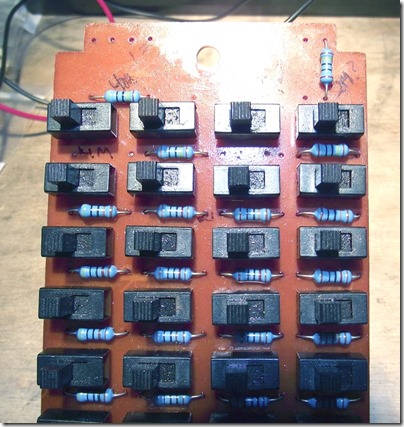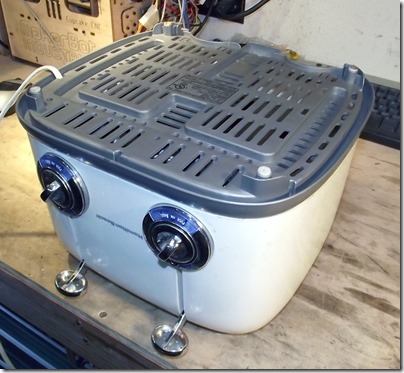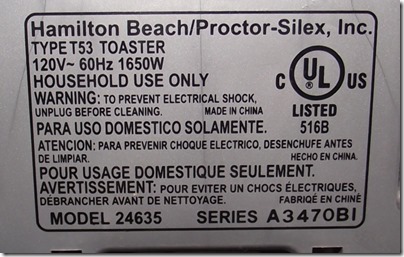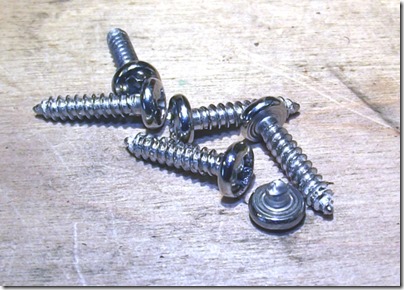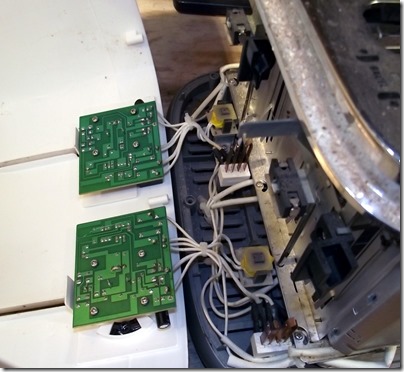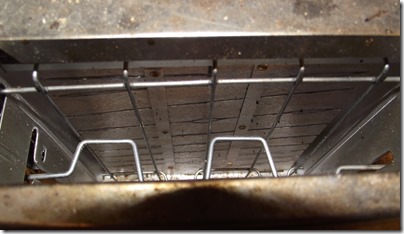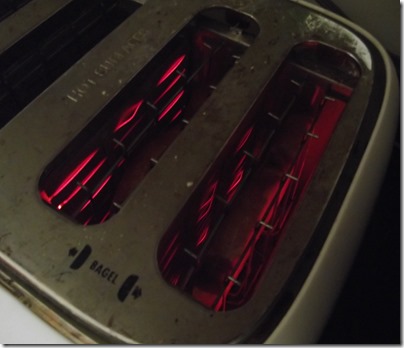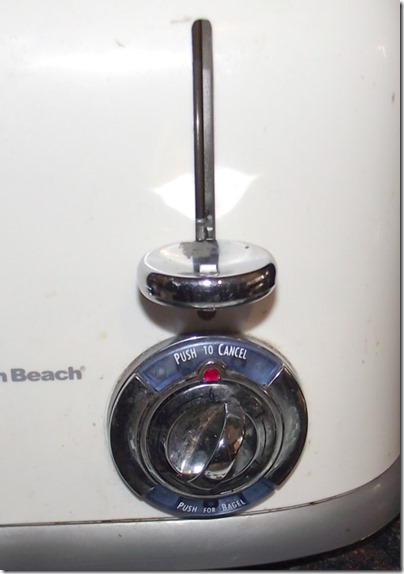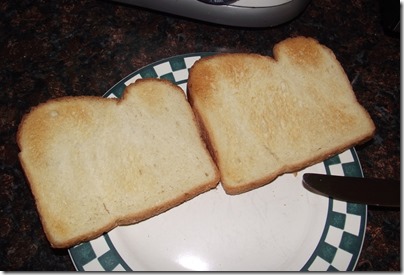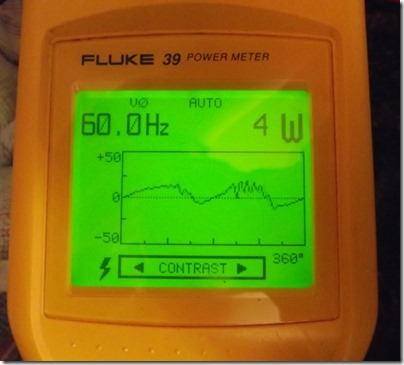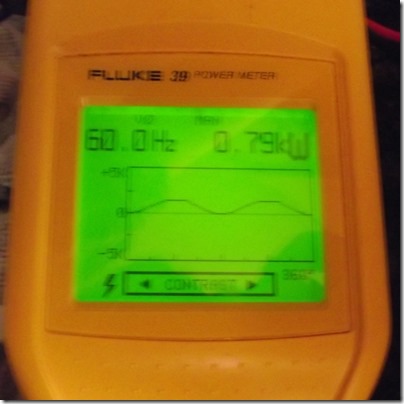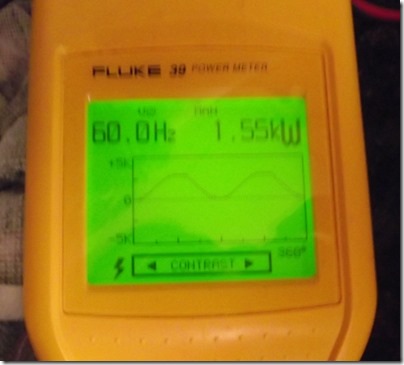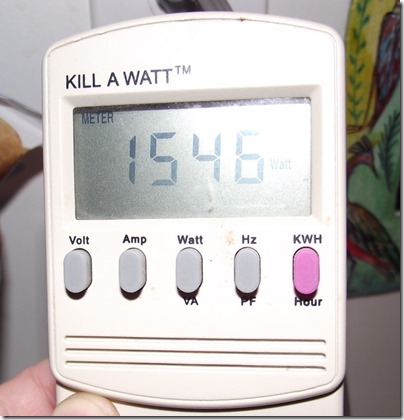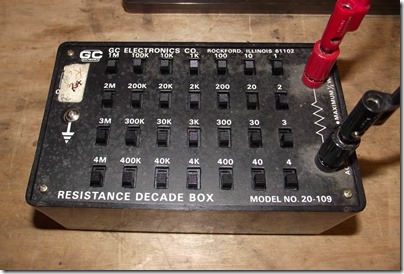
I picked this Decade Resistance Box (AKA Resistor Substitution Box)up at the OSU sale many years ago, before I started trying to learn electronics. I dusted it off when I began assembling my “lab” but found that it was not particularly accurate, or rather grossly inaccurate.
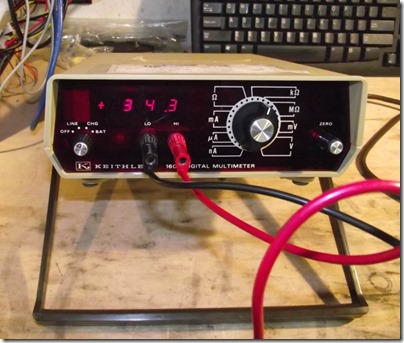
With all the resistors switched off it showed 34.3 kilohms [there are three cases in which the final vowel of an SI prefix is commonly omitted: megohm (not megaohm), kilohm (not kiloohm), and hectare (not hectoare).] of resistance when it should show almost none.
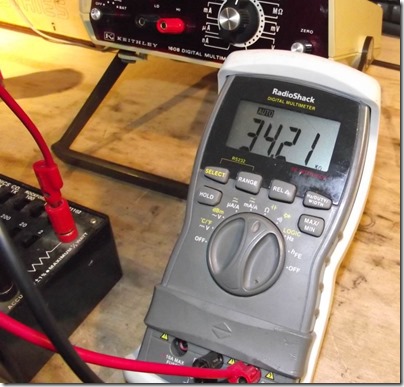
Yes, I cross-checked with another multimeter (VOM, DMM). All of my multimeters disagree. This is leading me to an obsession with standards and calibration which I will write about later this year.
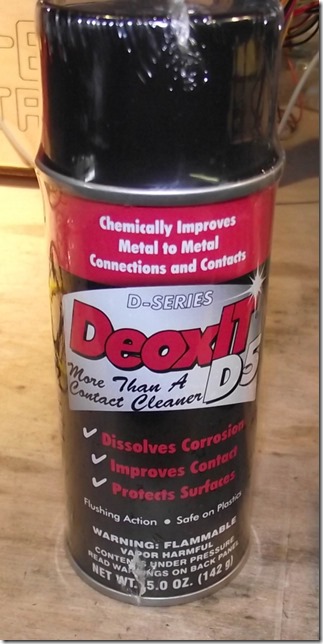
My favorite tool these days is DeOxit contact cleaner. There are lots of brands and types, this is what I have and use.
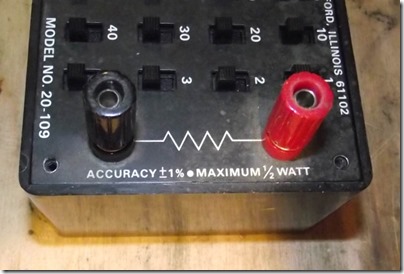
So I sprayed the banana jacks.

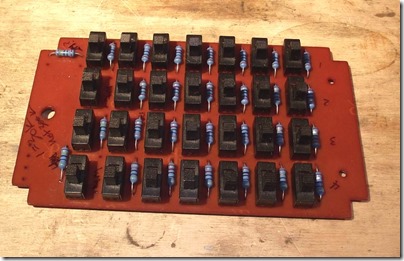
Then I disassembed the box and sprayed all the switches while actuating them to clean the contacts.

Now it measures a very low .246 Ohms.
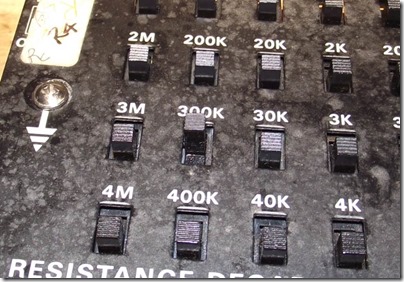
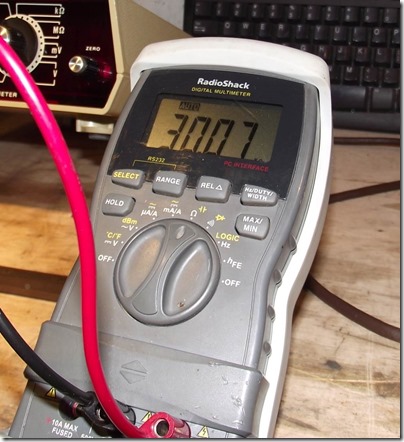
I ran it through all the resistors and found that the 300 kilohm resistor read 30 kilohms.

Look at that, someone put a 30 kilohm resistor in by accident. I picked a pack of 300 kilohm resistors up at Norvac electronics after the hamfair this last weekend (interestingly enough there was a distinctive lack of pork products at the swap meet).
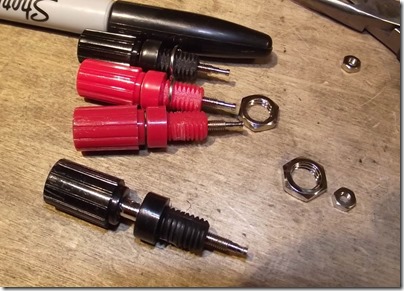
While I was at it I replaced the banana jacks. The old ones were wobbly and the threads stripped out.

Now it measures within the 1% of 300 kilohms. That’s my new-to-me Fluke 8840A multimeter from the hamfair.
